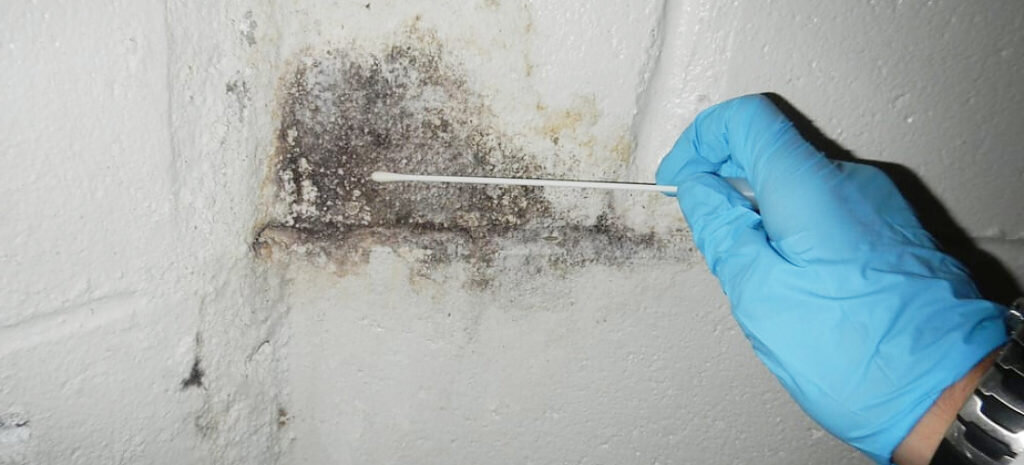Effective Post Mold Remediation Cleaning Protocols
Wiki Article
Effective Message Mold Removal Solutions for Your Home
Mold development in homes can be a relentless problem, often requiring an organized approach for efficient post-remediation services. From recognizing the factors that add to mold and mildew growth to executing proper cleansing techniques and moisture control measures, the process can be detailed yet critical for keeping a healthy living setting. what to do after mold remediation.Recognizing Mold And Mildew Development Elements
Mold growth is affected by a variety of variables that are important to understand in order to properly deal with and prevent its proliferation. Comprehending these variables is crucial in executing effective mold and mildew removal methods. The main factor adding to mold and mildew growth is wetness. Mold spores need moisture to prosper and sprout, making moist or moist environments extremely prone to mold and mildew invasions. Poor air flow can additionally bring about moisture build-up, developing an ideal breeding place for mold.
In addition, airflow and light exposure can influence mold and mildew development. Locations that do not have appropriate air flow and all-natural light are much more susceptible to mold development. By dealing with these factors adequately, individuals can properly mitigate mold growth and safeguard their living atmospheres.
Proper Mold And Mildew Cleansing Methods
Utilizing effective cleaning methods is vital in dealing with and protecting against the reappearance of mold contamination in indoor atmospheres. When managing mold and mildew, it is essential to focus on security by putting on safety equipment such as safety glasses, masks, and handwear covers. The very first step in correct mold and mildew cleaning is to consist of the affected location to avoid the spread of spores to unpolluted locations. This can be attained by sealing the area and making use of air scrubbers or unfavorable air devices to preserve air quality.
Executing Dampness Control Actions
To effectively stop mold growth and contamination in indoor settings, carrying out moisture control actions is paramount. Additionally, ensuring correct ventilation in areas prone to moisture build-up, such as shower rooms and cooking areas, can assist minimize the risk of mold and mildew growth. By faithfully implementing these dampness control procedures, property owners can effectively lower the probability of mold recontamination and preserve a healthy and balanced interior setting.Making Use Of Natural Removal Solutions
After efficiently implementing wetness control measures to protect against mold and mildew development in interior settings, home owners can currently check out the efficiency of natural remediation options in maintaining a healthy living room. Natural remediation options make use of ecologically pleasant methods to deal with mold and mildew and mildew, making them a preferred choice for those looking for safe alternatives. By including these all-natural removal options into their cleansing regimens, house owners can successfully deal with mold and mildew development while promoting a much healthier indoor setting for themselves and their households.
Maintaining a Mold-Free Environment
On a regular basis examining locations susceptible to mold growth, such as bathrooms, cooking areas, basements, and attics, is vital. Correct air flow in locations with high moisture levels is additionally vital to preventing mold growth.Additionally, preserving tidiness in the home is vital for mold prevention. Keeping interior plants in check and making sure appropriate drainage in outside landscaping can decrease dampness build-up, minimizing the chance of mold and mildew problems.
Final Thought
Finally, it is important to address mold and mildew growth factors, utilize appropriate cleaning strategies, implement wetness control measures, use all-natural removal solutions, and keep a mold-free setting in order to efficiently manage message mold removal in your home - Post Mold Remediation Report. By complying with these strategies, you can prevent mold and mildew from recurring and ensure a healthy and balanced living environment for you and your family
The key element contributing to mold and mildew growth is moisture. Mold spores require dampness to sprout and grow, making damp or wet atmospheres highly prone to mold infestations.To effectively avoid mold growth and contamination in indoor settings, applying dampness control actions is extremely important. Additionally, guaranteeing correct air flow in locations prone to moisture accumulation, such as kitchen areas and shower rooms, can help decrease the threat of mold and mildew growth.After efficiently carrying out wetness control steps to prevent mold After mold remediation and mildew development in indoor settings, homeowners can currently check out the performance of all-natural removal services in maintaining a healthy living space.
Report this wiki page